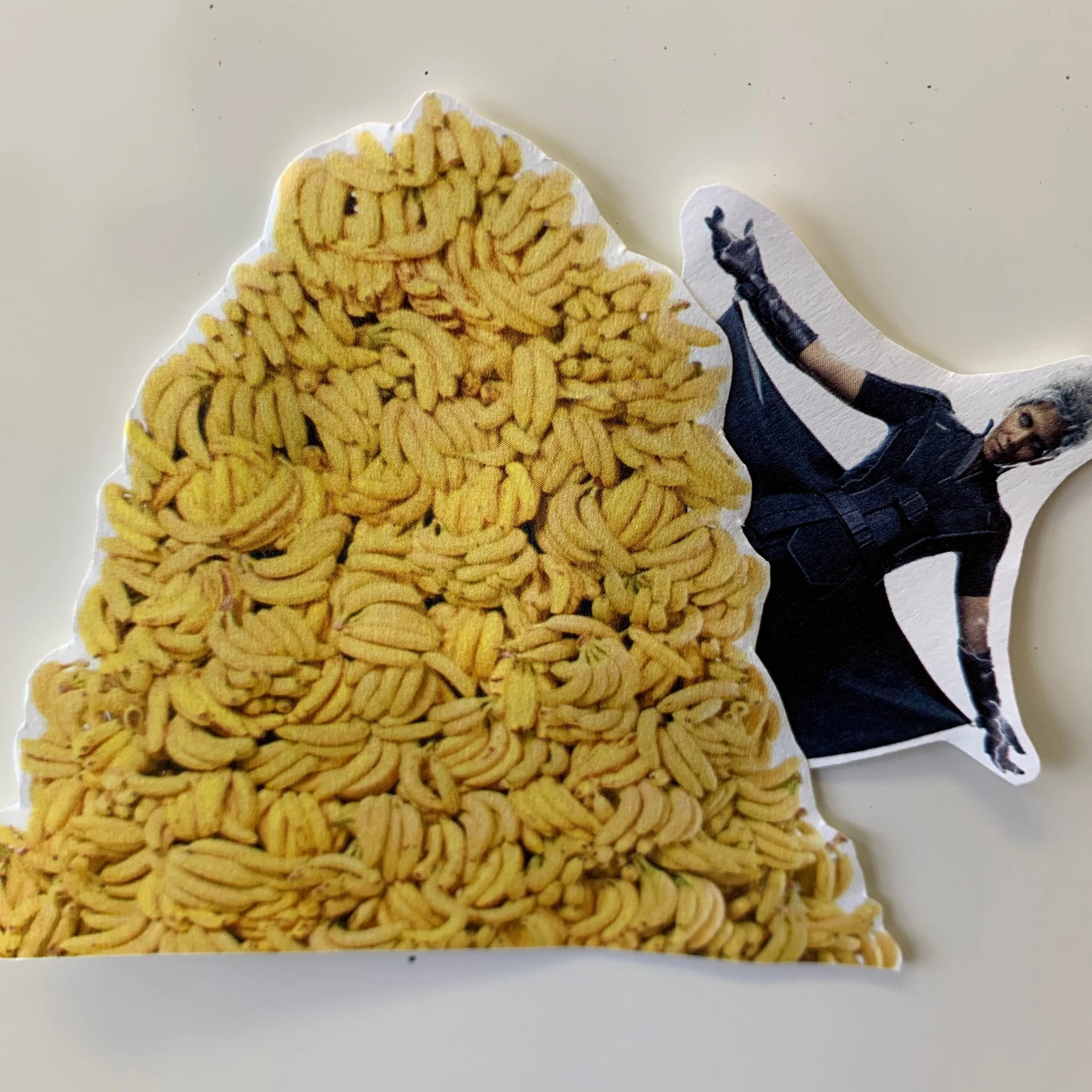The Solar System #10: TNOs
Ok here’s the thing you should know about the dwarf planets: they make me really, really, irrationally sad.
I’m of the generation that grew up knowing there were nine planets in the solar system and while I’m a trained research scientist, priding myself on my rational approach to updating theories based on current knowledge, Pluto’s demotion still makes me angry.
At least the guy responsible allows all of us distraught elder millennials an outlet for our rage. Mike Brown’s twitter handle is “@Plutokiller”. It’s easy to search, easy to stalk. Thanks Mike - I’ll be sliding into your DMs later.
It wasn’t even Pluto’s fault it wasn’t big enough to satisfy Mike’s ridiculous notions of what makes a planet a planet. I’m adding Eris to my “list”.
Eris is the 2nd largest dwarf planet in the solar system. It was discovered by Mike Brown (you’re just adding insult injury here Michael) in 2005. In what I’m sure he thought was a clever joke, Brown called named it after the the Greek goddess of strife and discord.
Lol?
Initially, Eris was in the running to be the 10th planet in the solar system but its discovery actually just ended up in a completely innocent bystander planet that DID NOTHING TO YOU MIKE being de-planet-ed.
Breathe Johanna.
The Hubble telescope managed to get this shot of Eris and Dysnomia (the tiny dot to the left)
Pluto and Eris share a lot of similarities. They’re both rocky, both SUPER cold and both have 1 moon. Pluto has Charon and Eris has Dysnomia which sounds like a communicable disease. And both have a weird elliptical orbit. In fact Eris crosses over Pluto to be closer to the Sun at points.
It’s thought that both dwarf planets were part of a belt of rocky debris called the Kuiper belt, but because they were slightly bigger, they got dragged into a regular orbit by the gravitational pull of Neptune. They’re both classified as “Trans-Neptunian Objects” or TNOs.
But really, Pluto will always be a planet to me.
And that’s all for my summary of the Solar System! I hope you enjoyed it. Check out the links to my social media if you did!
Science Space is a not-for-profit organisation at the University of Wollongong. The work presented here was written by me as a part of a larger project spear-headed by my colleague Amanda Kruger.






